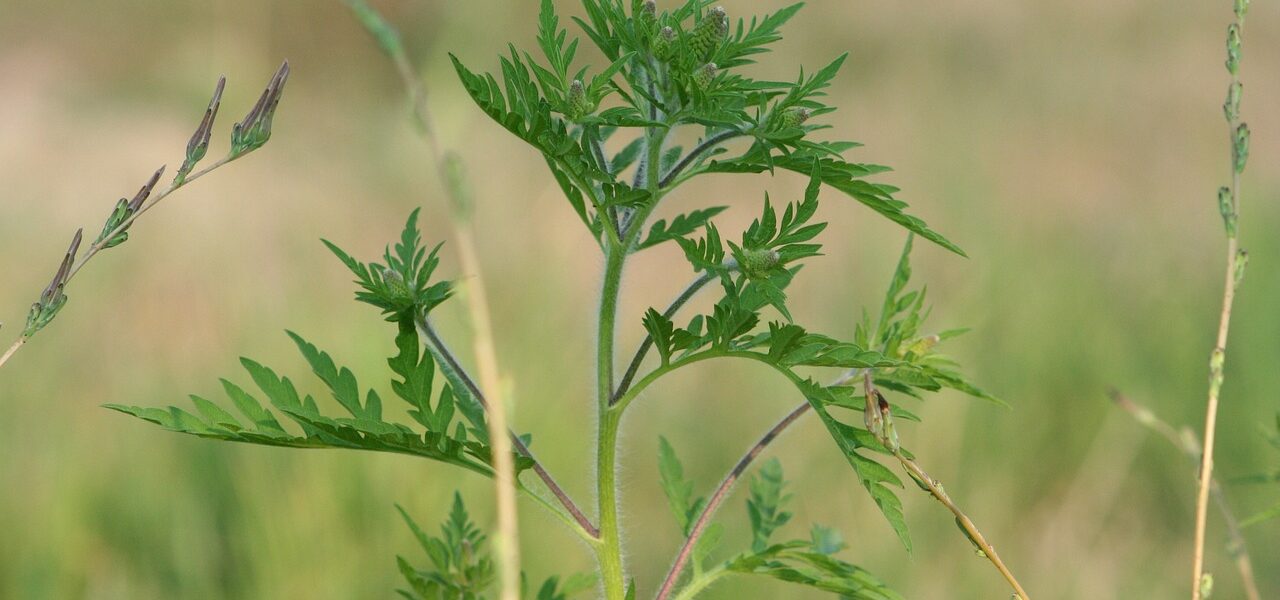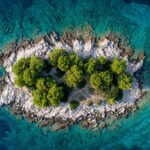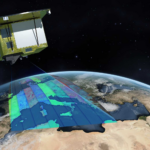Ambrosia is so widespread in Europe that its complete eradication is no longer practical or economically feasible. In the Republic of Croatia, it is especially represented in the area of Zagreb, Poreč and Slavonia. If preventive methods of ambrosia control fail and ambrosia colonizes a new area, early detection is essential for rapid removal and prevention of further spread. It is important to emphasize the benefits of using space technology and remote sensing in support of ambrosia detection, prediction and control.
Ambrosia causes public health, economic and agricultural problems
Ambrosia is an annual allergenic plant, which spreads very quickly and occupies new areas. It is an invasive species, which is today practically spread all over the world and represents a major economic as well as public health problem. It produces a large amount of extremely allergenic pollen grains, which cause significant health problems for an increasing number of people, while also creating significant economic costs. In addition, ambrosia suppresses native flora and reduces natural diversity, and has become a major weed in European agriculture.
Suppression of ambrosia: a difficult and time-consuming process
A system for detecting ambrosia growth locations



